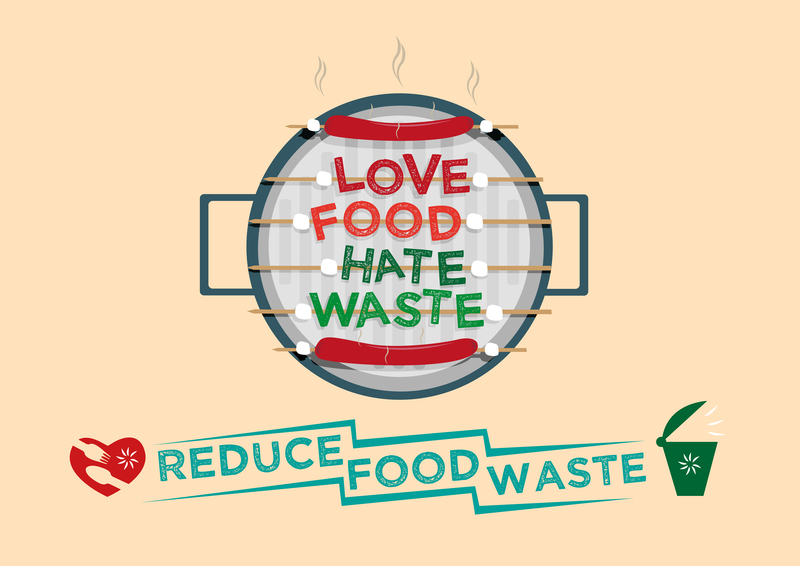Safe Construction Debris Disposal Techniques
Construction debris disposal is a crucial aspect of any building or renovation project. Ineffective or unsafe disposal methods can lead to environmental degradation, legal challenges, and health risks for both workers and the general public. This article delves into safe construction debris disposal techniques that keep these concerns at bay.
Understanding Construction Debris
Before diving into the disposal techniques, it's essential to understand what constitutes construction debris. Construction debris comprises a variety of materials including:
- Concrete, bricks, and asphalt
- Wood and metal scraps
- Glass and ceramics
- Plastics and insulation materials
- Hazardous materials like asbestos, lead-based paints, and chemicals
Properly categorizing and identifying debris types is the first step towards safe and efficient disposal.

Importance of Safe Disposal
Why should we focus on safe disposal? The consequences of improper disposal are manifold:
- Environmental Impact: Uncontrolled dumping of construction debris can lead to soil contamination, water pollution, and destruction of natural habitats.
- Legal Repercussions: Numerous regulations govern the disposal of construction waste. Non-compliance can result in fines, penalties, and legal action.
- Health Hazards: Workers and nearby residents can be exposed to harmful chemicals and toxins, leading to severe health issues.
Sustainable Construction Debris Disposal Methods
Sustainability is the cornerstone of modern construction practices. Safe disposal techniques are aimed at minimizing waste and maximizing resource efficiency.
Segregating Waste
Segregation is the foremost step in managing construction debris effectively. Waste should be sorted on-site into categories such as reusable, recyclable, and hazardous materials. Segregation aids in the efficient recycling and disposal of waste, thereby reducing the strain on landfills.
Recycling and Reusing Materials
Recycling is one of the most effective ways to handle construction debris sustainably. Various materials like concrete, wood, and metals can be recycled and converted into new products. For instance:
- Concrete: Crushed concrete can be reused as an aggregate in new construction projects or road bases.
- Wood: Timber can be repurposed for other construction works, decorative structures, or even biomass fuel.
- Metals: Scrap metals like steel and aluminum can be melted down and reformed into new metal products.
Safe Handling of Hazardous Materials
Hazardous materials require special attention during disposal. Here's how to handle them safely:
Asbestos
Asbestos is a carcinogenic material that was once commonly used for insulation and fireproofing. Its disposal is heavily regulated due to its health risks. Asbestos-containing materials should be handled by licensed professionals and disposed of at designated hazardous waste facilities.
Lead-based Paint
Lead-based paint poses significant health risks, especially to children. Debris coated with lead-based paint should be managed according to local regulations, which often include encapsulating or completely removing the paint before disposal.
Chemicals and Solvents
Leftover chemicals and solvents should never be poured down drains or dumped in regular garbage. They must be stored in appropriate containers and taken to hazardous waste disposal sites.
Utilizing Disposal Services
Professional disposal services can be invaluable in managing construction debris. Hiring certified waste disposal companies ensures compliance with regulations and safe handling of all types of waste. These services often include:
- Transportation of waste to recycling or disposal facilities
- Proper documentation and tracking of hazardous materials
- Adherence to environmental and safety regulations
On-Site Waste Management Practices
Implementing proper waste management practices on the construction site can significantly mitigate the challenges associated with debris disposal.
Creating a Waste Management Plan
A detailed waste management plan (WMP) should be developed at the project's inception. A WMP outlines the types of waste to be generated, methods of segregation, recycling protocols, and disposal methods. It helps in organizing waste disposal efforts and ensures all stakeholders are aware of their responsibilities.
Training Workers
Worker training is paramount. All personnel should be educated on the types of waste generated and the appropriate disposal methods. Regular training sessions can help in maintaining a high standard of safety and compliance on the construction site.
Using Skip Bins and Containers
Designated skip bins and containers for different types of waste can streamline the disposal process. Labeling these containers clearly reduces the risk of cross-contamination and ensures proper segregation.
Innovative Disposal Techniques
Several innovative techniques are emerging in the realm of construction debris disposal. These methods not only ensure safety but also contribute to sustainability.
Waste-to-Energy Conversion
Converting waste to energy is a technique where non-recyclable construction debris is incinerated to produce electricity. This method reduces the volume of waste sent to landfills and generates renewable energy.
Using Construction Materials Made from Recycled Content
Several companies are now manufacturing construction materials from recycled content. Using these materials can drastically reduce the amount of debris generated and promote a circular economy.
Digital Waste Tracking
Innovative software solutions are now available for tracking construction waste in real-time. These digital tools help in monitoring waste generation, segregation, and disposal, ensuring compliance and optimizing waste management processes.

Legal and Ethical Considerations
Adopting safe construction debris disposal techniques is not just a legal requirement but also an ethical obligation. Companies must stay informed about local, national, and international waste disposal regulations and strive to exceed basic compliance standards.
Compliance with Regulations
Regulations pertaining to construction waste disposal vary by region and country. Familiarizing oneself with these rules is essential to avoid legal penalties. Regulations often cover aspects like:
- Permits and documentation for hazardous waste disposal
- Standards for recycling and reusing materials
- Guidelines for waste transportation and handling
Corporate Social Responsibility (CSR)
Integrating safe waste disposal practices into a company's CSR initiatives can have multiple benefits. It enhances the company's reputation, fosters community goodwill, and demonstrates a commitment to environmental stewardship.
Conclusion
Safe construction debris disposal is a multi-faceted responsibility involving proper waste segregation, recycling, safe handling of hazardous materials, and legal compliance. By adopting these techniques, construction companies can significantly reduce their environmental footprint, promote worker safety, and ensure regulatory compliance.
In the fast-evolving construction industry, staying updated with new technologies and innovative disposal methods will further enhance the safety and sustainability of waste management practices. The goal is to create a future where construction projects are not only successful but also environmentally responsible.
